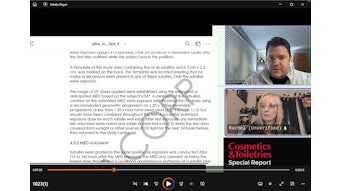It is no exaggeration to state: The cosmetic and personal care industry is global. Evidence to this fact spans the length of nearly any cosmetic counter; consumers can find North American, European and Asian-based brands from various companies manufacturing and selling around the globe, and these products often are labeled in several languages. While the industry is certainly international, the products they market often are not.
The logistics supporting a multinational business selling multiple regionalized products are not trivial. While the need to supply localized versions of products may be due in part to consumer preference, most often the expense of selling multiple versions of single products is simply due to differing regional regulations.
A simple example is with ingredient labeling for the word water. In the United States, the word water is required; however, only the word aqua is allowed in the European Union (EU). While Canada would accept aqua alone, if water is used, the Canadian regulations require water/eau to be listed. Thus, a fully compliant ingredient disclosure cannot be written for the United States, Canada and the EU.
The cosmetic industry has long recognized the potential for real savings from coordinated regulations and thus has initiated several programs to take steps toward harmonization.






!['[Sunscreen] developers will be able to innovate more efficiently while maintaining high standards of quality and safety for consumers.'](https://img.cosmeticsandtoiletries.com/files/base/allured/all/image/2024/06/woman_outside_using_sunscreen_on_face_ISO_test_standards_AdobeStock_783608310.66678a92029d9.png?auto=format%2Ccompress&fit=crop&h=191&q=70&rect=62%2C0%2C2135%2C1200&w=340)



